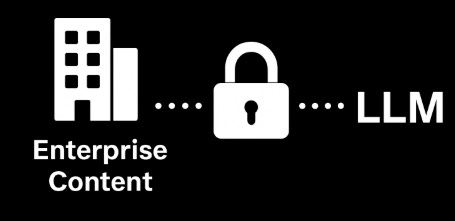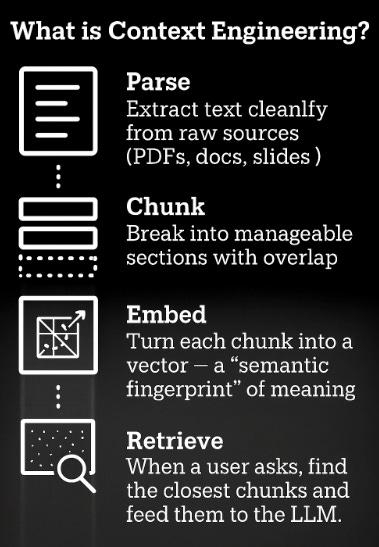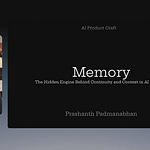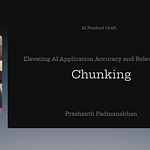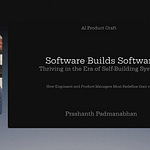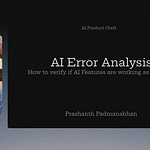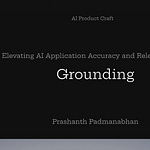Large Language Models (LLMs) have quickly become one of the most powerful tools in the enterprise technology stack. But as impressive as they are, they suffer from one critical limitation: they don’t know your organization’s context. Out of the box, an LLM only carries general knowledge. The policies, contracts, risks, specifications, and customer data that define how your business operates remain invisible to it.
That invisibility comes at a cost. Without context, the answers an LLM provides may sound plausible but end up being generic, incomplete, or even wrong. And in high-stakes enterprise environments, “close enough” is not good enough.
This is where context engineering enters the picture.
The Opportunity for AI Software Vendors
The fact that general-purpose LLMs lack enterprise context creates a major opportunity. Software companies that serve businesses can step in and bridge the gap, making LLMs not just powerful but relevant. By adding organizational context, vendors can deliver grounded, precise, and trustworthy answers.
For customers, the value is obvious: an AI that actually understands the language of their business. For vendors, it creates differentiation. General-purpose LLM providers will never be allowed direct access to sensitive enterprise documents. But enterprise software companies can engineer the context safely and securely, carving out a unique and defensible position.
What Is Context Engineering?
Context engineering is the practice of preparing and structuring organizational knowledge so that LLMs can use it effectively. A helpful way to think about it is to imagine an author creating a table of contents and glossary for a book. Instead of forcing readers to scan the entire text, the author gives them a way to jump directly to the right page.
In practice, context engineering involves a few technical steps. First, raw documents are parsed into clean text. That text is then broken into manageable chunks, often with some overlap so that meaning isn’t lost at the edges. Each chunk is transformed into an embedding — a kind of semantic fingerprint that captures the meaning of the text. Later, when a user asks a question, the system retrieves the most relevant chunks and feeds them to the LLM, which can now provide an answer grounded in enterprise knowledge.
From Generic to Enterprise-Ready
The outcome of context engineering is simple but powerful. LLMs stop being generic assistants and start acting like experts that understand the specific organization they are serving. Instead of vague answers, they provide accurate, relevant, and trustworthy guidance — because they are supported by the enterprise’s own documents and data.
This transformation is what makes context engineering the missing link in enterprise AI. It ensures that the brilliance of LLMs is paired with the context that matters most: yours.


